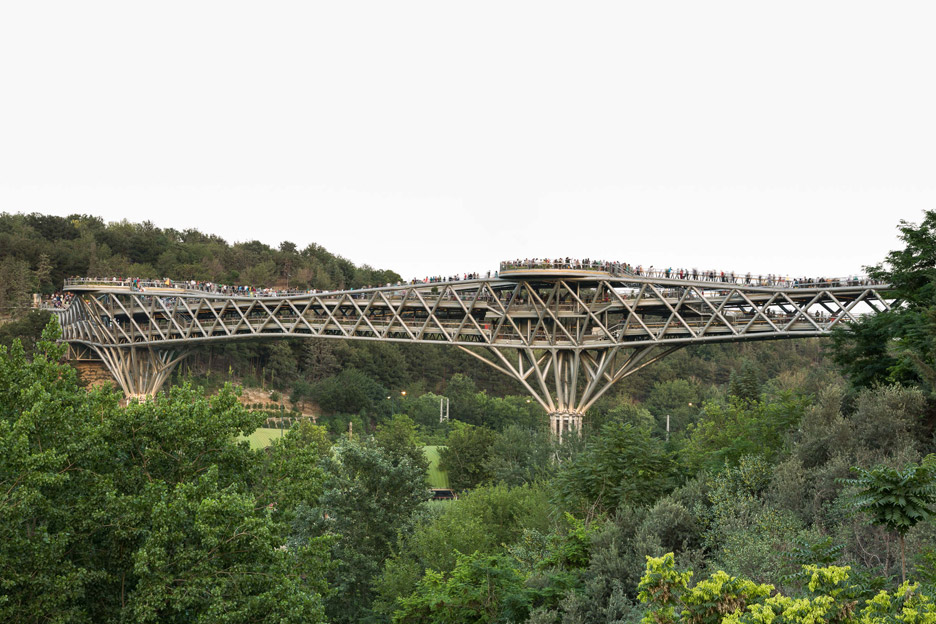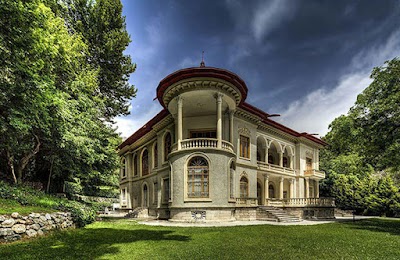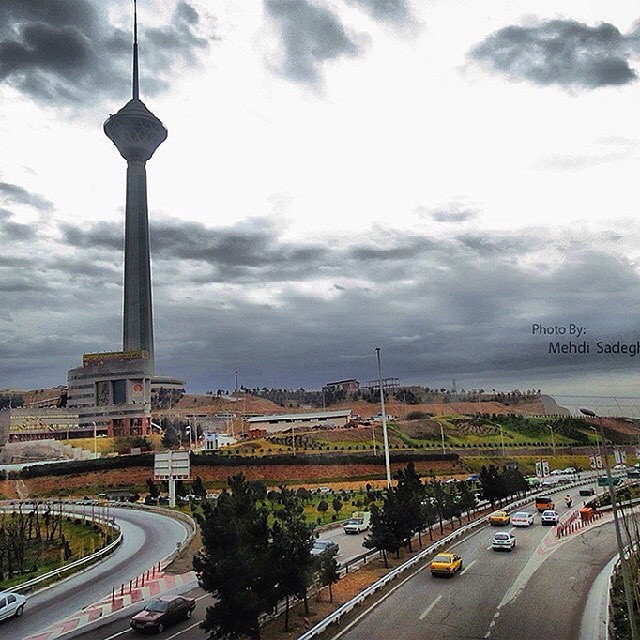Tehran Grand Bazaar (بازار بزرگ تهران)
Related Places
Overview
The Tehran Grand Bazaar, nestled in the heart of Tehran, Iran, is a vibrant maze of covered alleys brimming with shops, vendors, and rich history. Over the centuries, this iconic bazaar has transformed into both a cultural and economic epicenter of the city, captivating visitors with its dynamic atmosphere.
Its origins date back to the Safavid era in the 16th century, but much of its current structure emerged during the Qajar dynasty in the 19th century. What began as a collection of small, individual shops gradually expanded to accommodate the growing population of Tehran and the increasing demand for various goods.
The bazaar's evolution was organic; it was not constructed all at once but rather developed over time as different sections were added. Initially, small merchants set up makeshift stalls, which later evolved into permanent structures. The design showcases traditional Persian architecture, characterized by intricate brickwork, graceful arches, and stunning domes.
During the Qajar period, the bazaar experienced significant architectural advancements. Lengthy vaulted corridors were constructed to regulate the climate within the market, providing a sheltered environment for shoppers. It was during this time that the bazaar began to specialize, with distinct sections or *rashtas* dedicated to specific goods such as textiles, spices, jewelry, and carpets.
Beyond being a shopping destination, the Grand Bazaar has served as a vital social and political space. In the late 19th and early 20th centuries, it became a hub for political discourse and activism. The merchants, many of whom wielded considerable economic power, played a significant role in shaping local and national politics.
The construction techniques employed throughout the bazaar have varied with the ages, yet traditional Persian methods remain prevalent. Skilled artisans utilized locally sourced materials such as bricks and tiles, ensuring the durability of the structures. Many sections of the bazaar, dating back over a century, have been meticulously restored to retain their original splendor.
Within the bazaar, visitors can explore stunning caravanserais, traditional inns that once catered to travelers and traders along the ancient Silk Road. These historically significant sites not only provided lodging but also storage for goods, highlighting Iran’s pivotal role in the history of trade.
Today, the bazaar spans over 10 kilometers and hosts thousands of shops. While modern amenities have been thoughtfully integrated into this historic setting, they do not overshadow the bazaar's enduring charm. Visitors can still feel the echoes of history in its intricate passageways and lively courtyards.
The preservation of the bazaar has always been a priority for the local community. Over the years, numerous renovations have aimed to maintain its historical and architectural significance. Collaboration among local artisans, government authorities, and cultural organizations ensures that the bazaar retains its cultural heritage while adapting to contemporary needs.
In essence, the Tehran Grand Bazaar stands as a lively center of commerce and culture, reflecting Iran’s rich history and the enduring spirit of its people. It is a place where the past and present intertwine, offering visitors an unforgettable experience filled with discovery and wonder.









